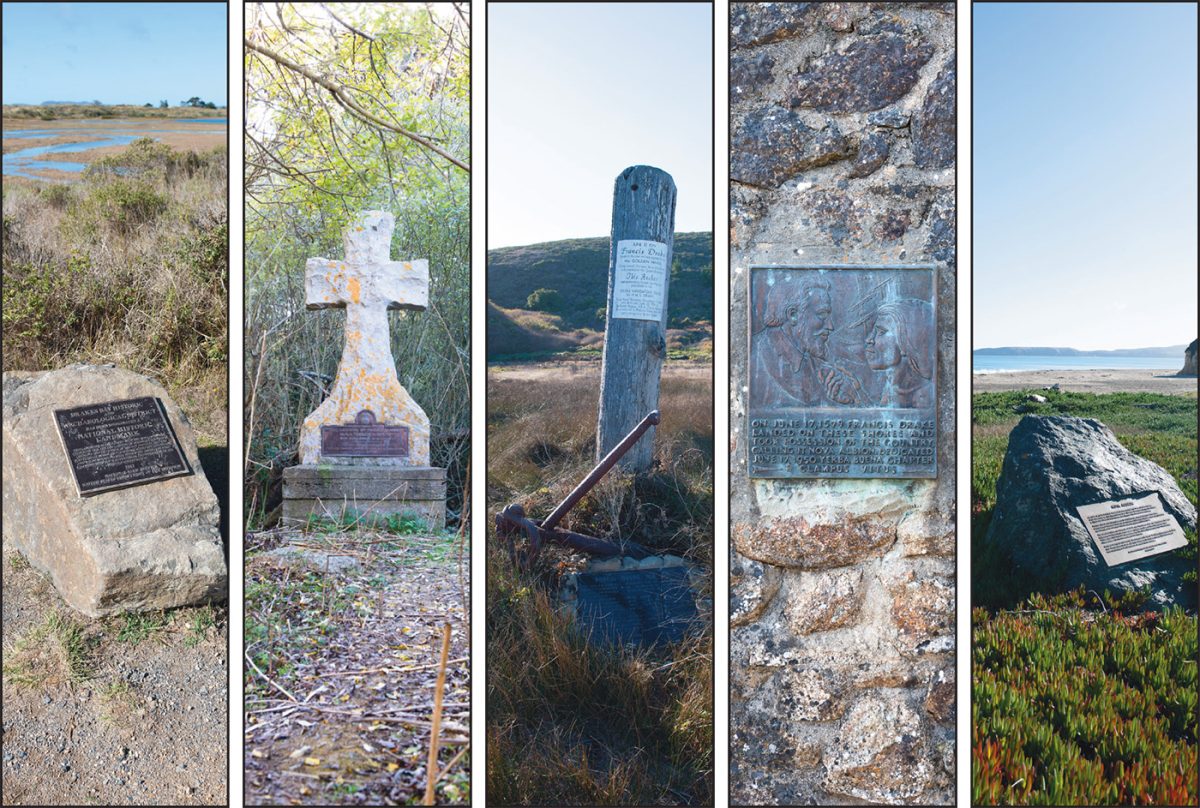The mouth of Drakes Estero, widely recognized as the most likely location of Sir Francis Drake’s landing on the Pacific coast in 1579, is . . .
Recognition for Drake’s landing site


The mouth of Drakes Estero, widely recognized as the most likely location of Sir Francis Drake’s landing on the Pacific coast in 1579, is . . .